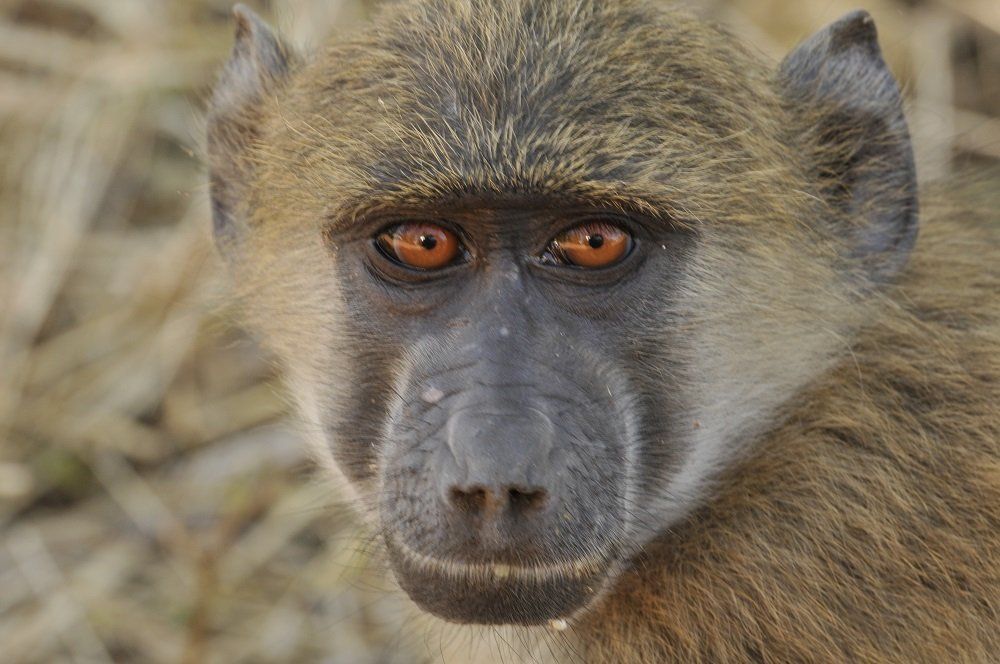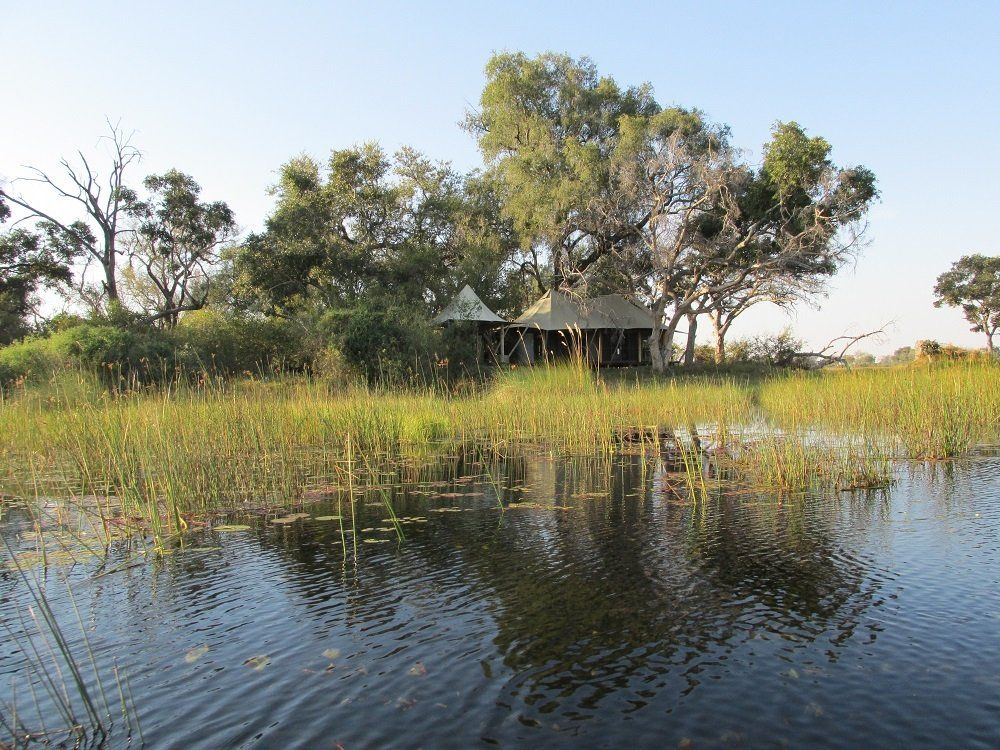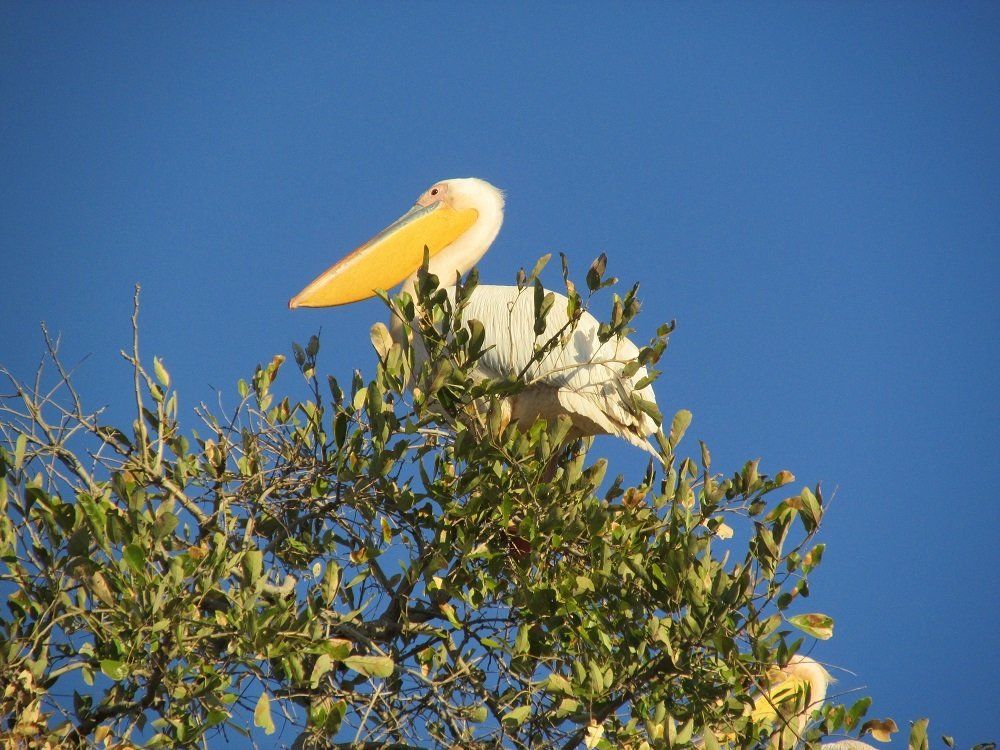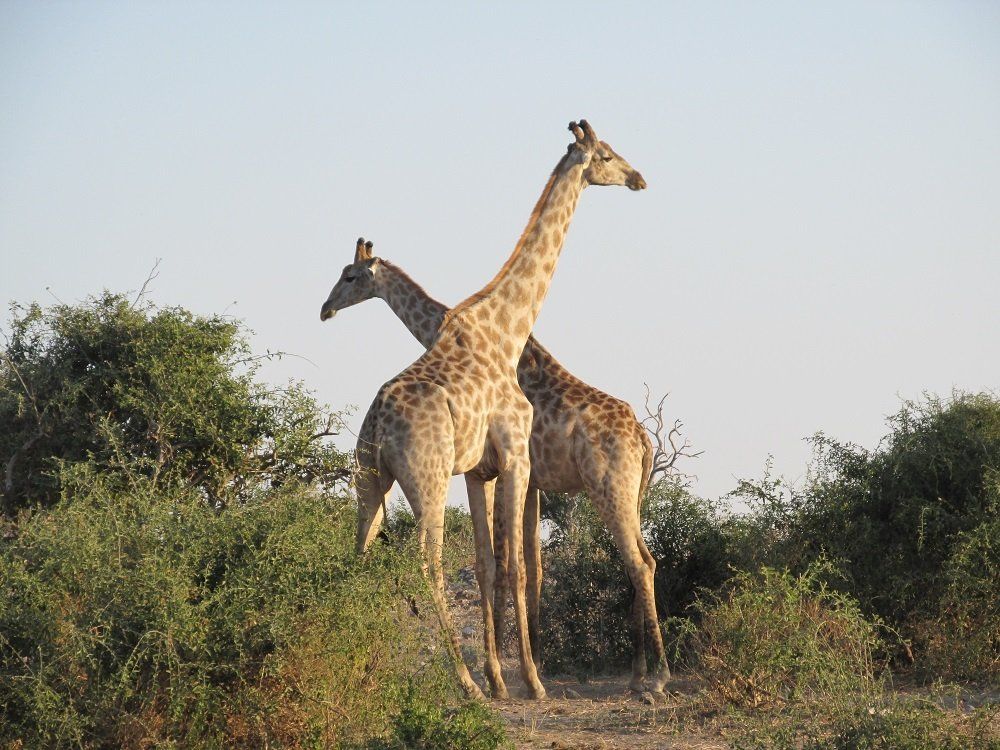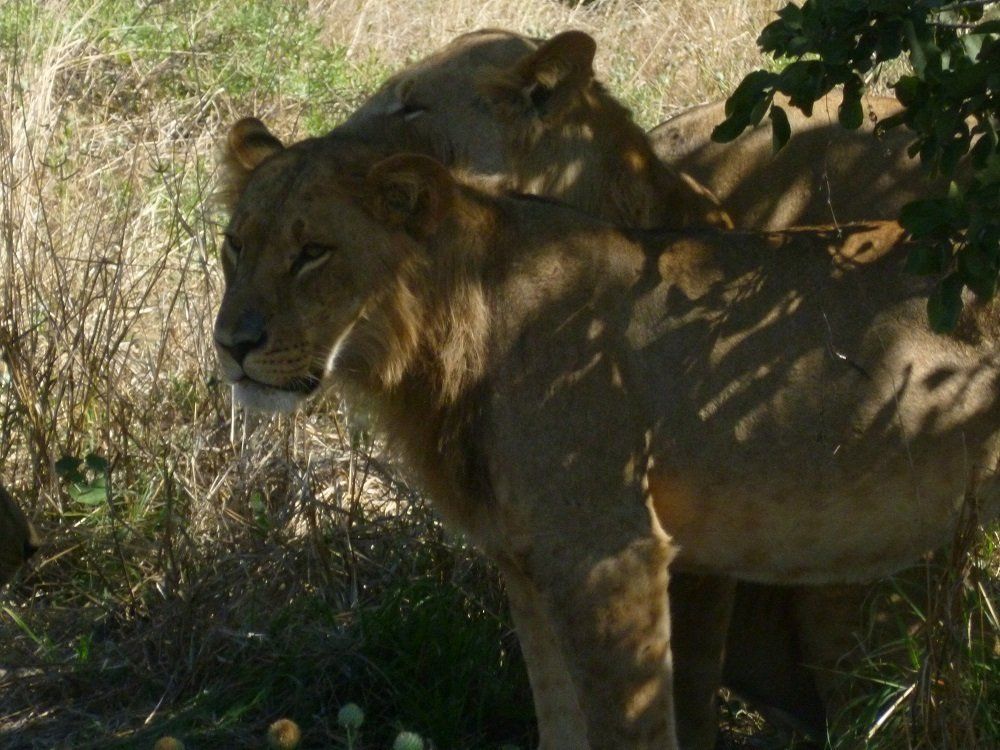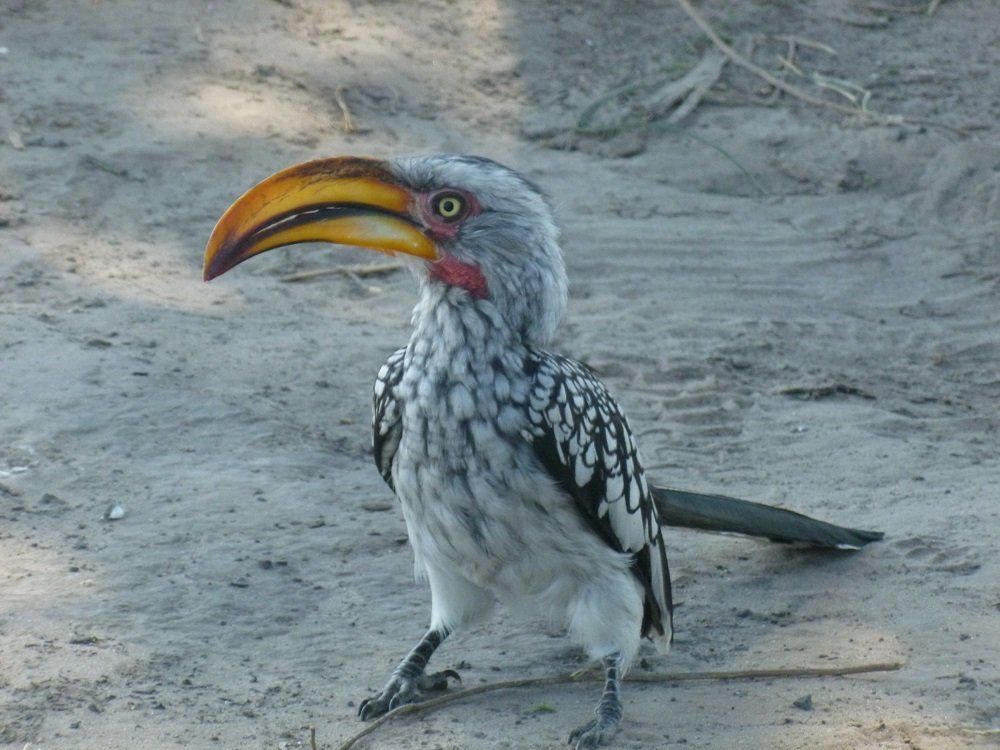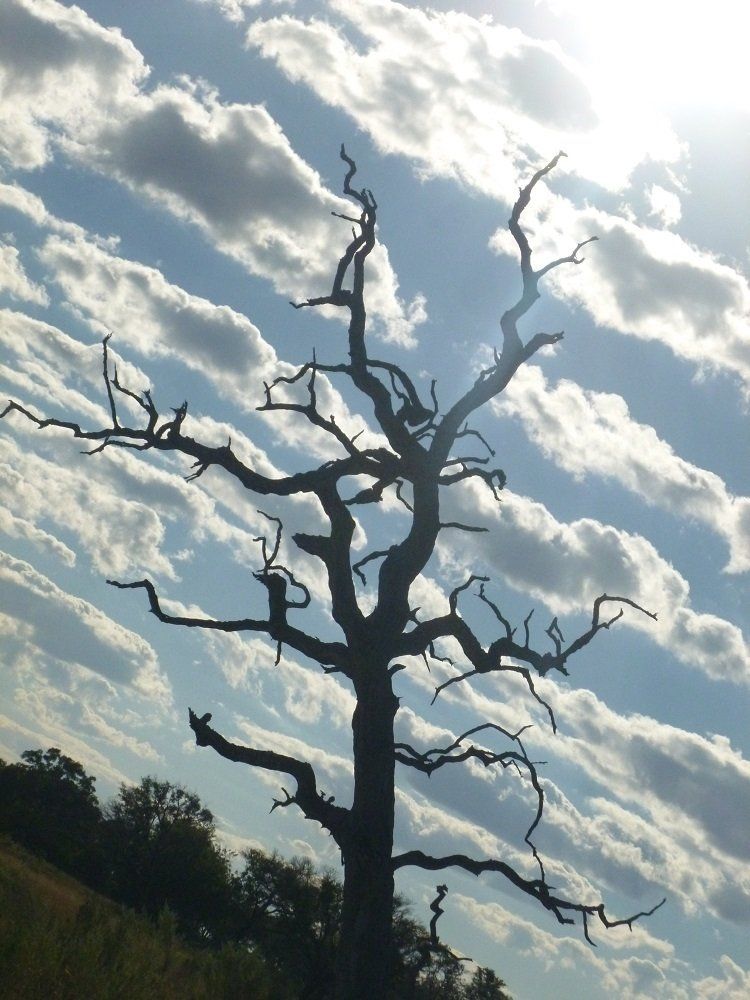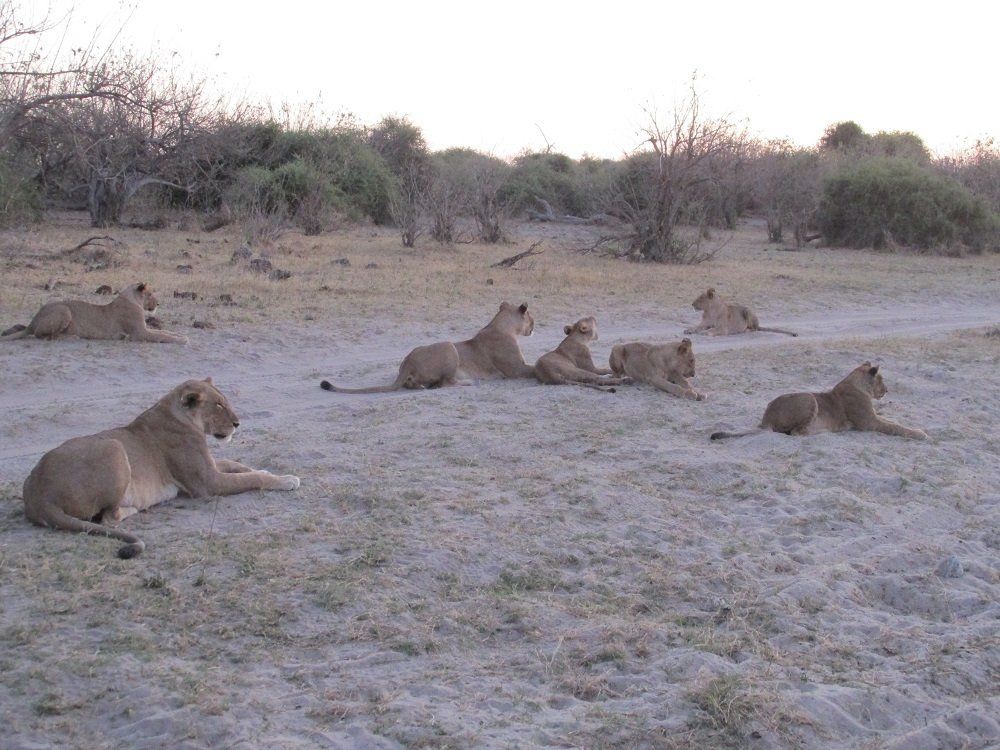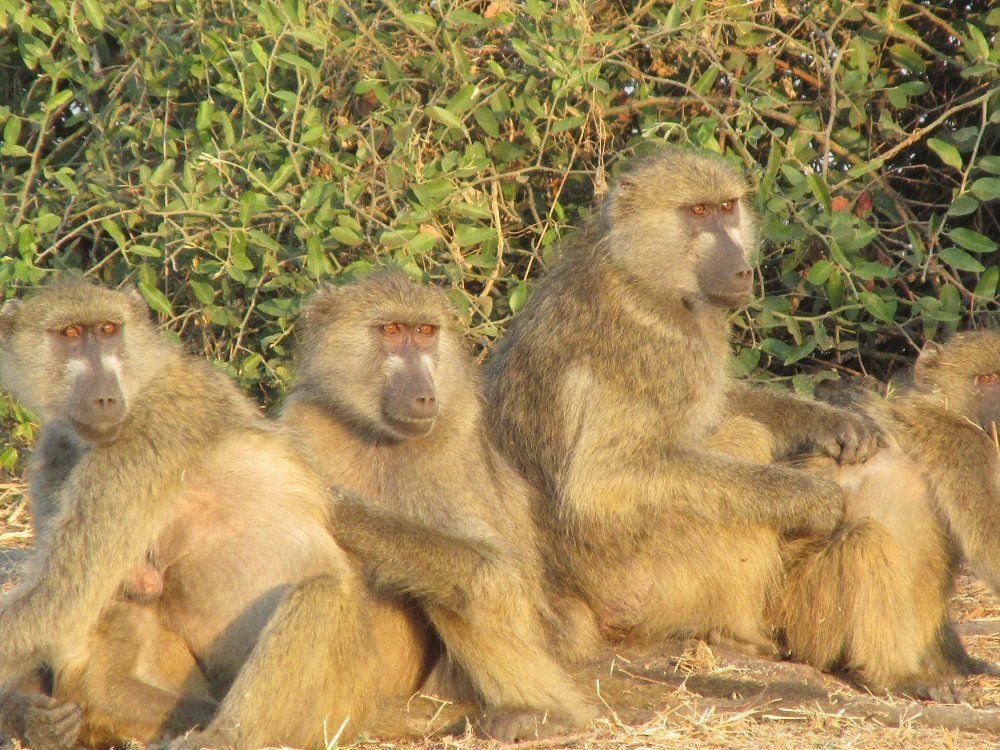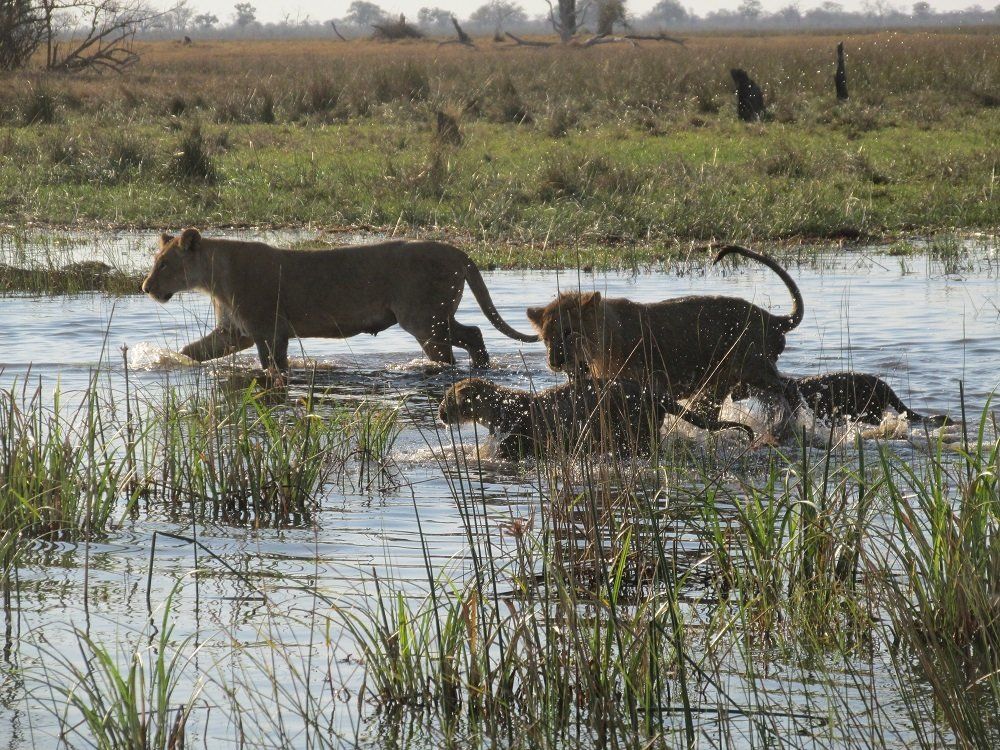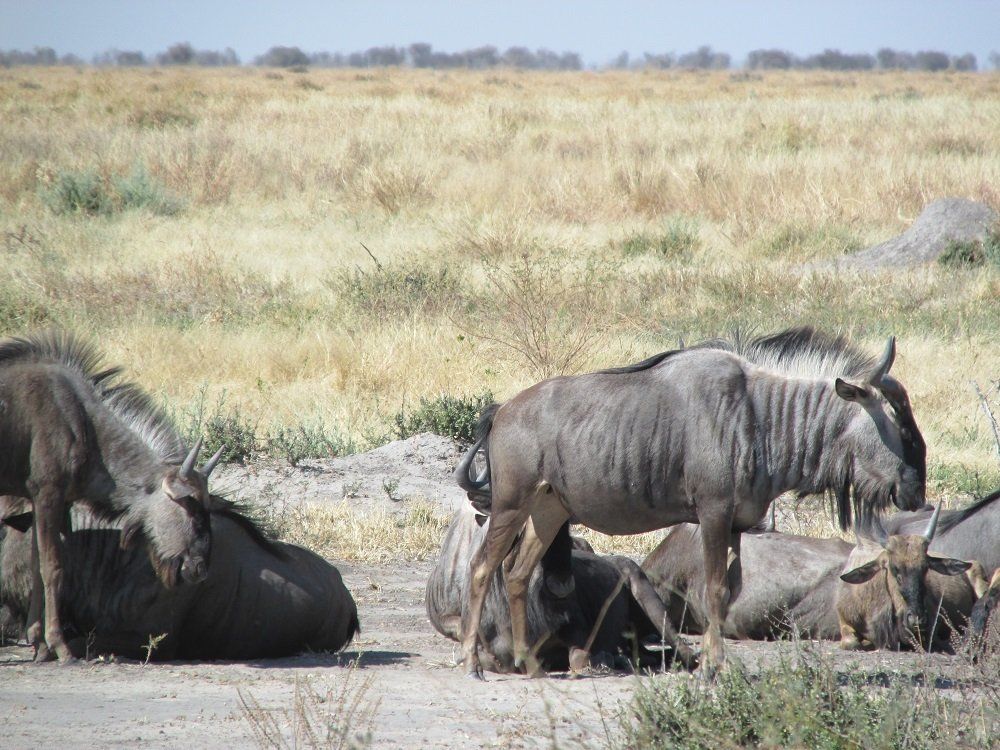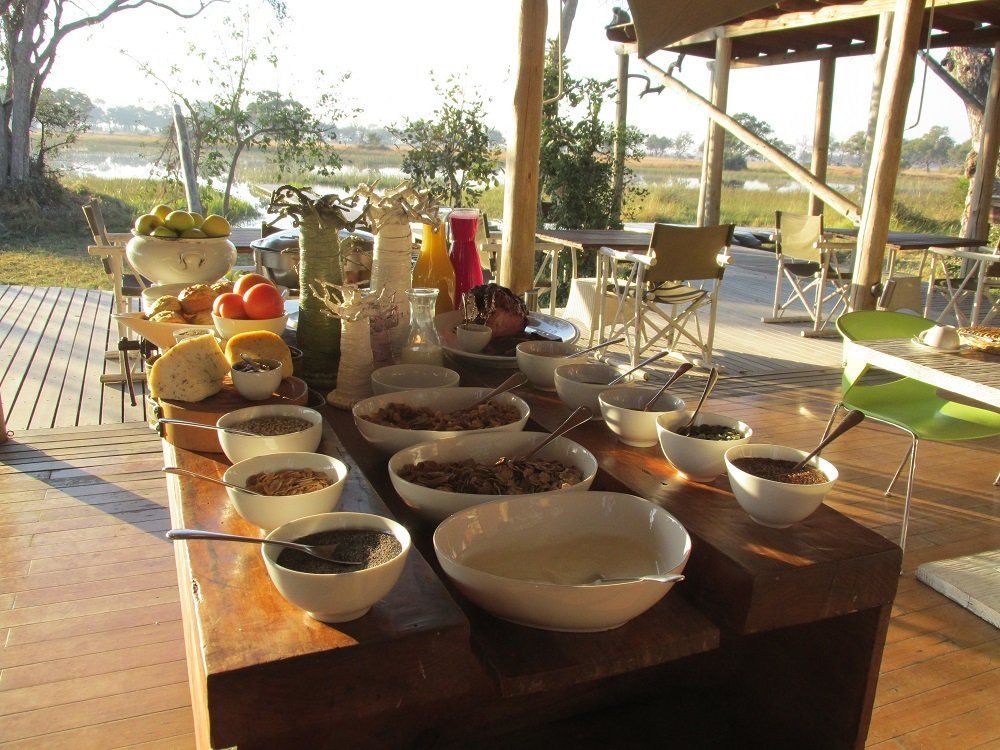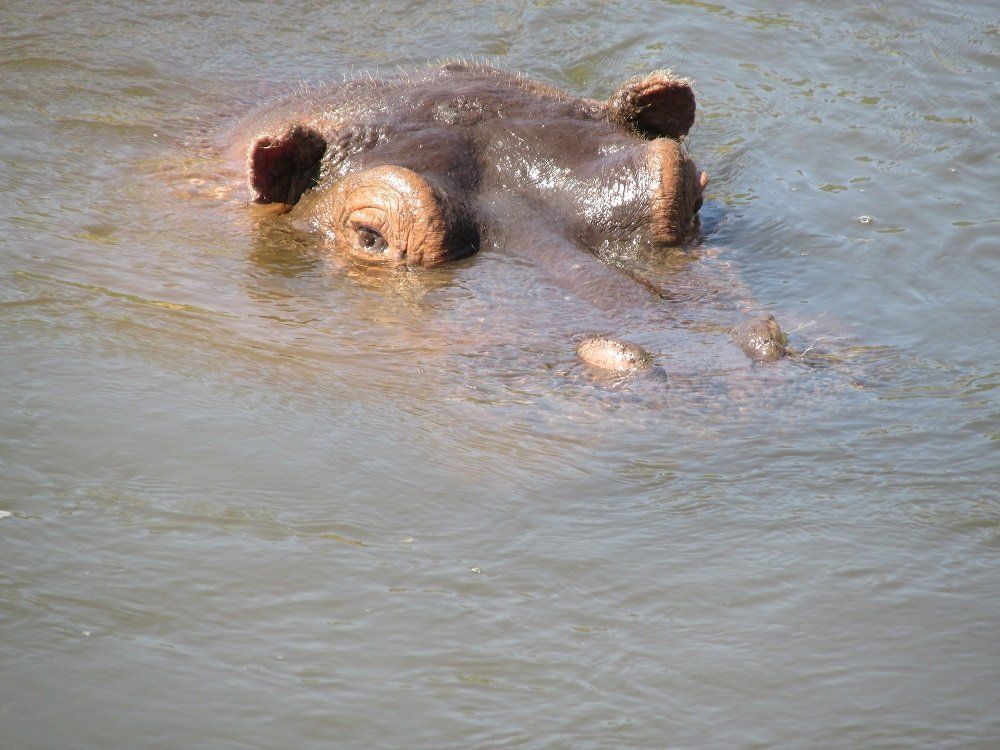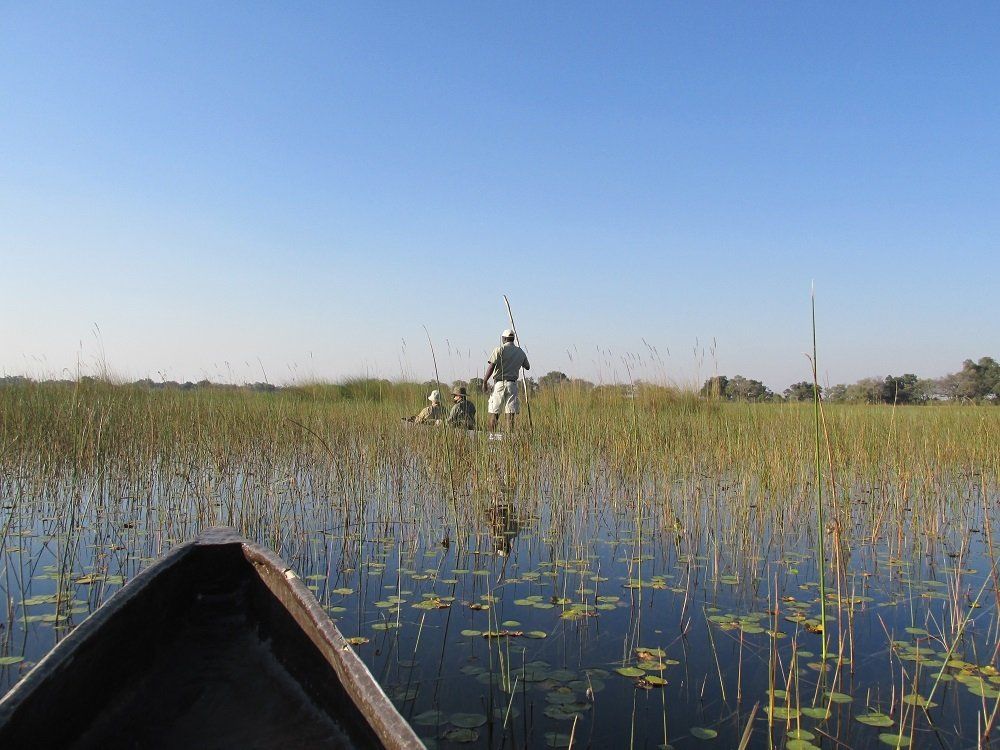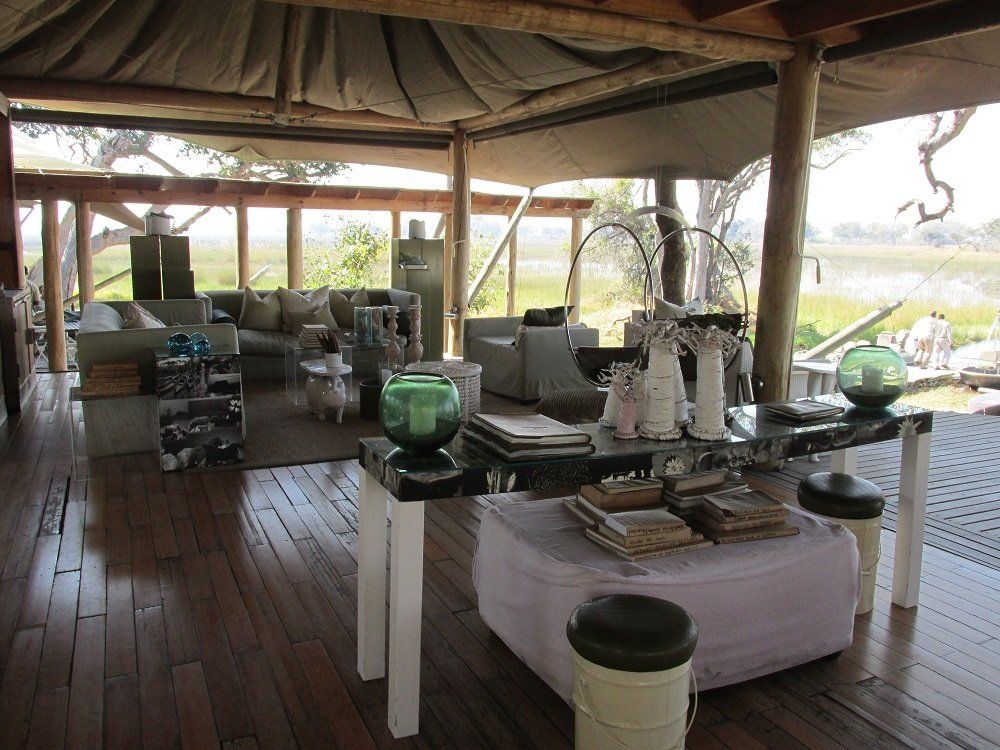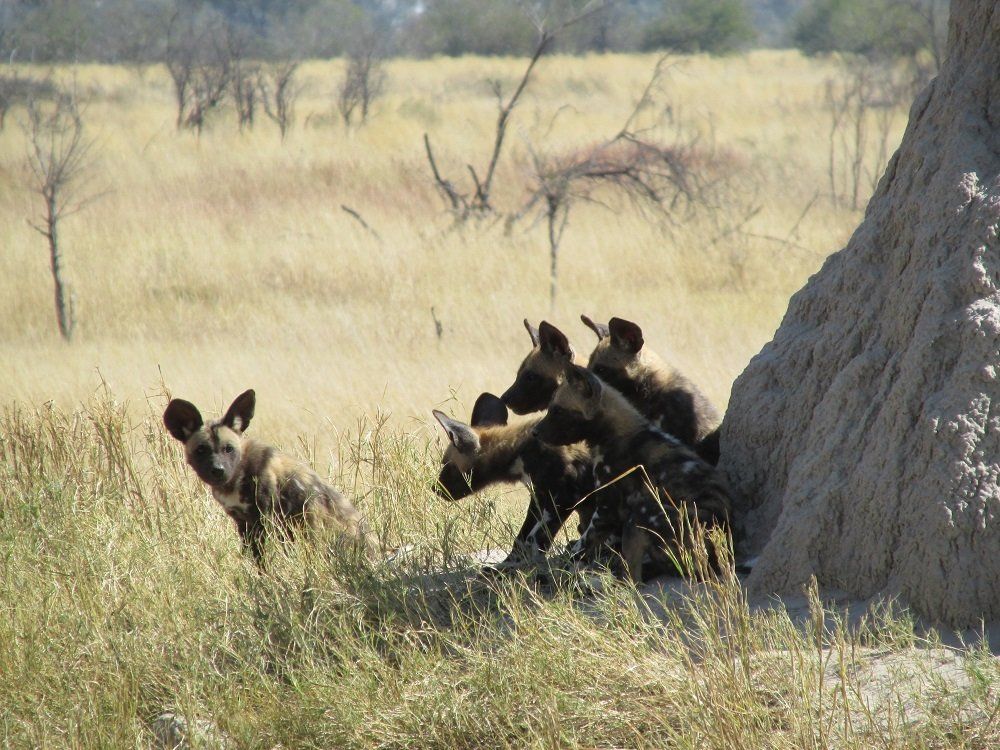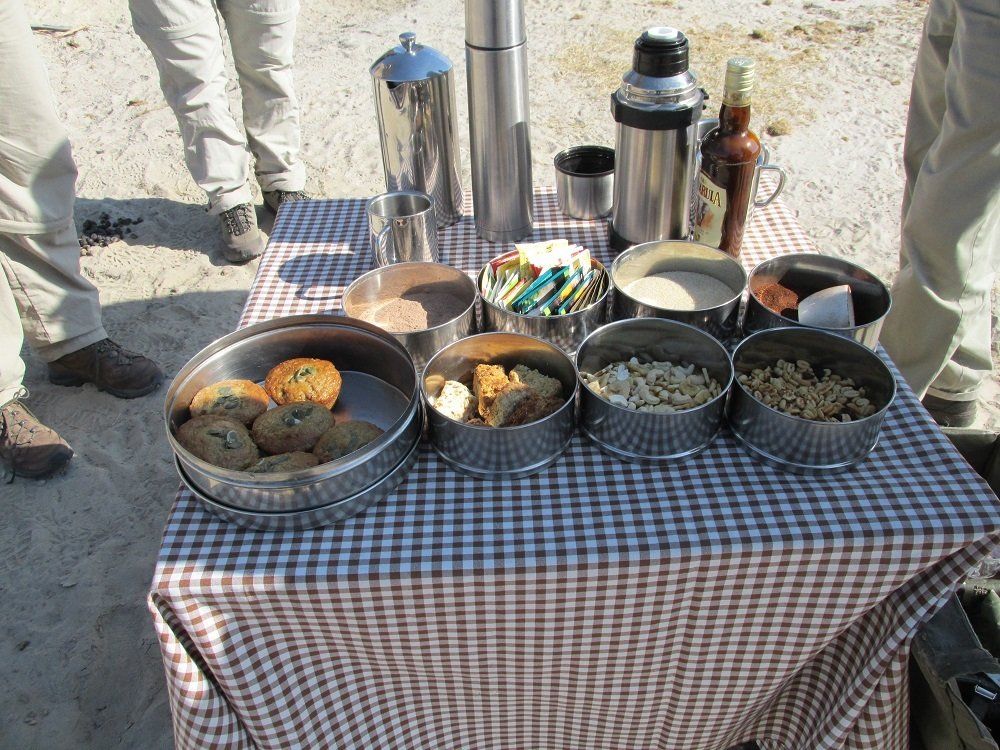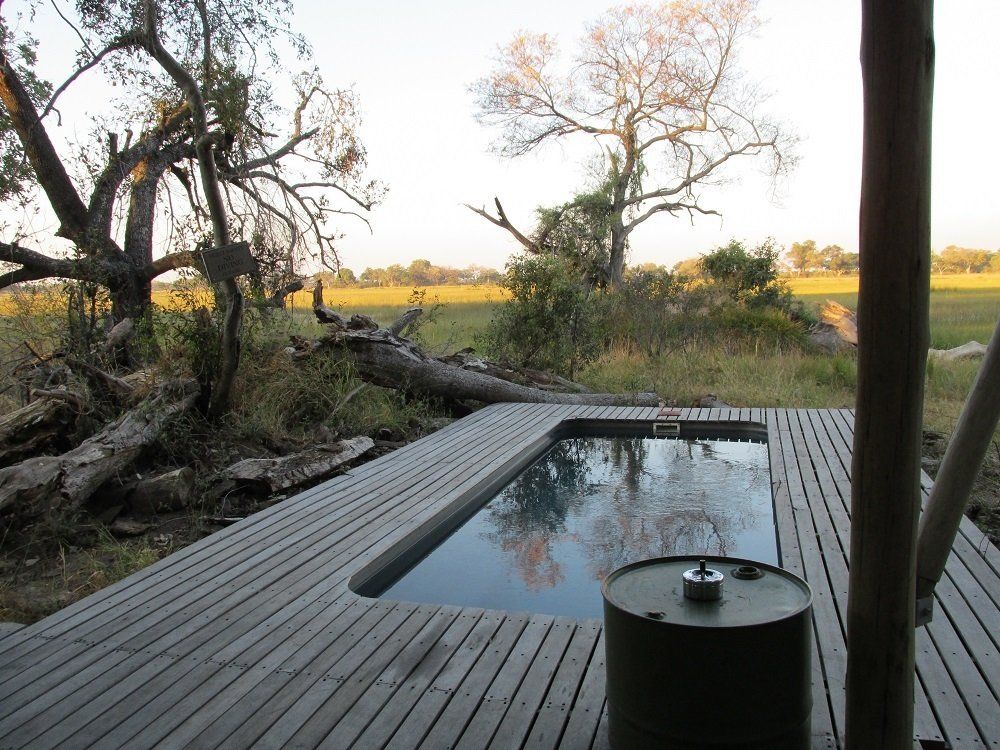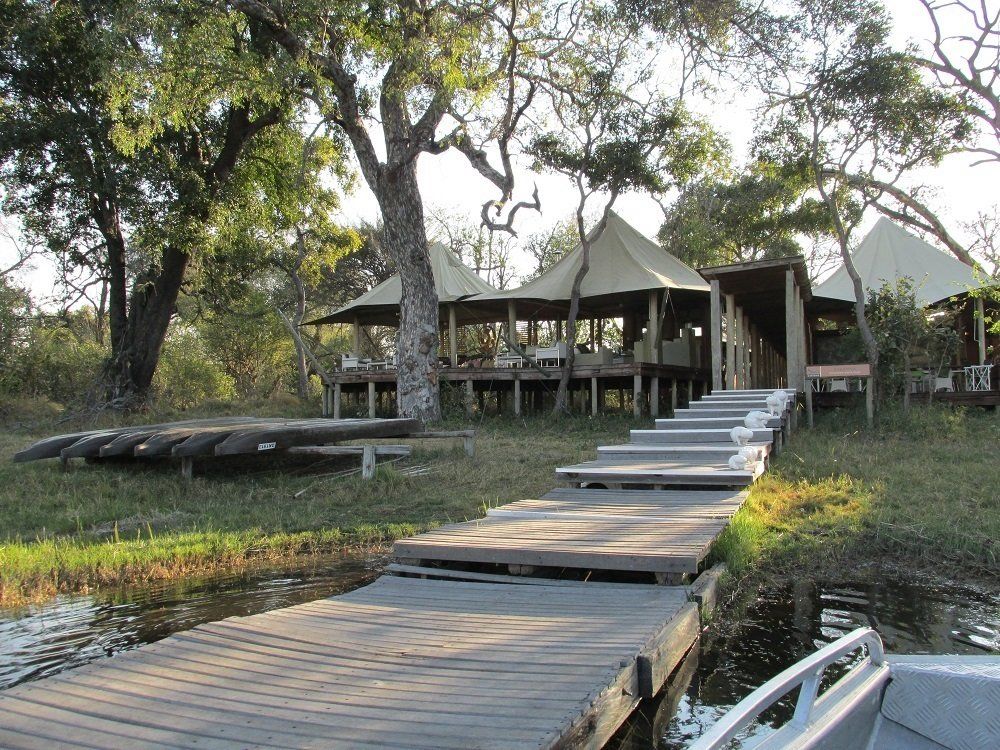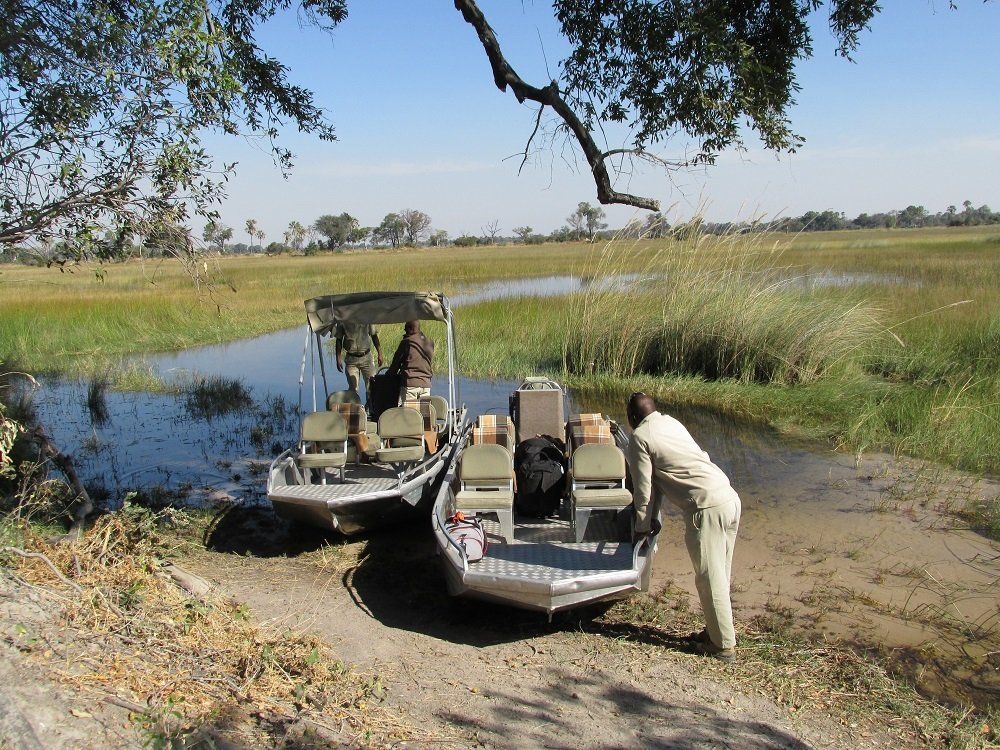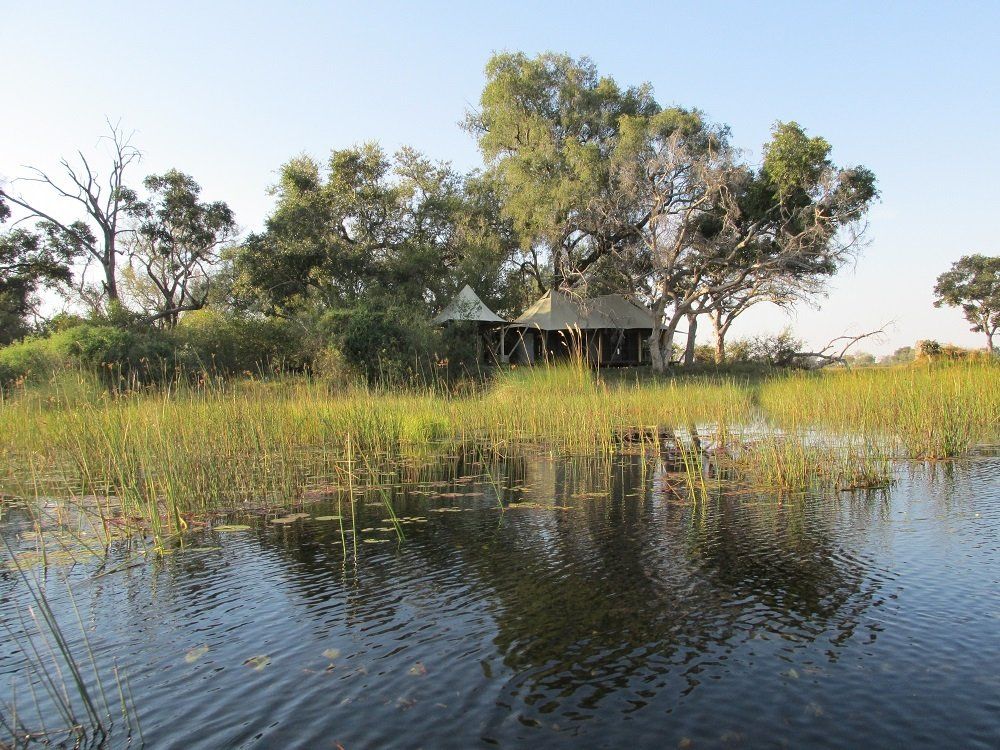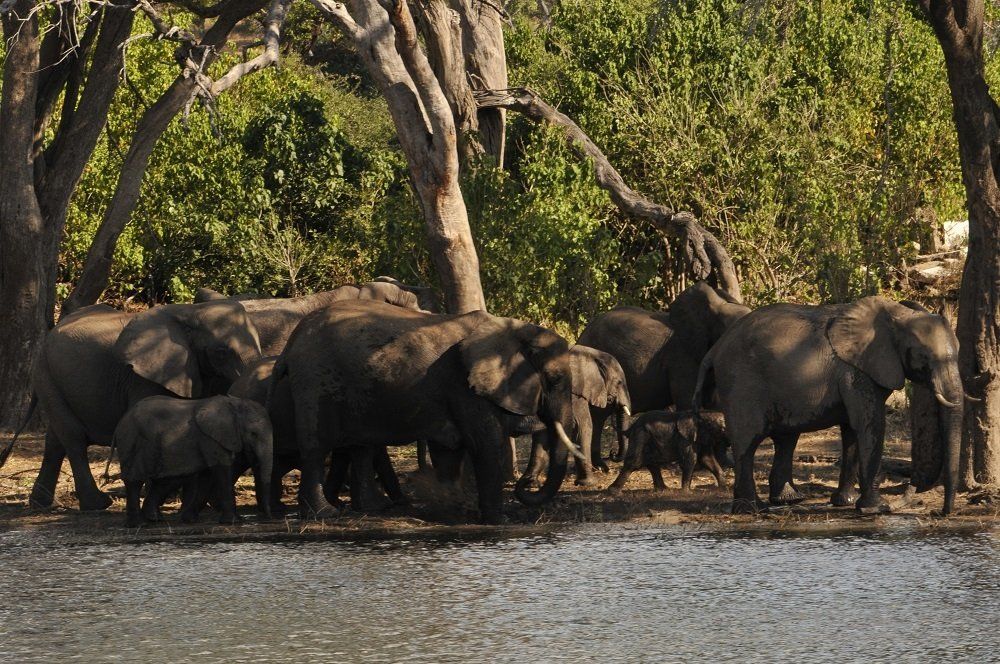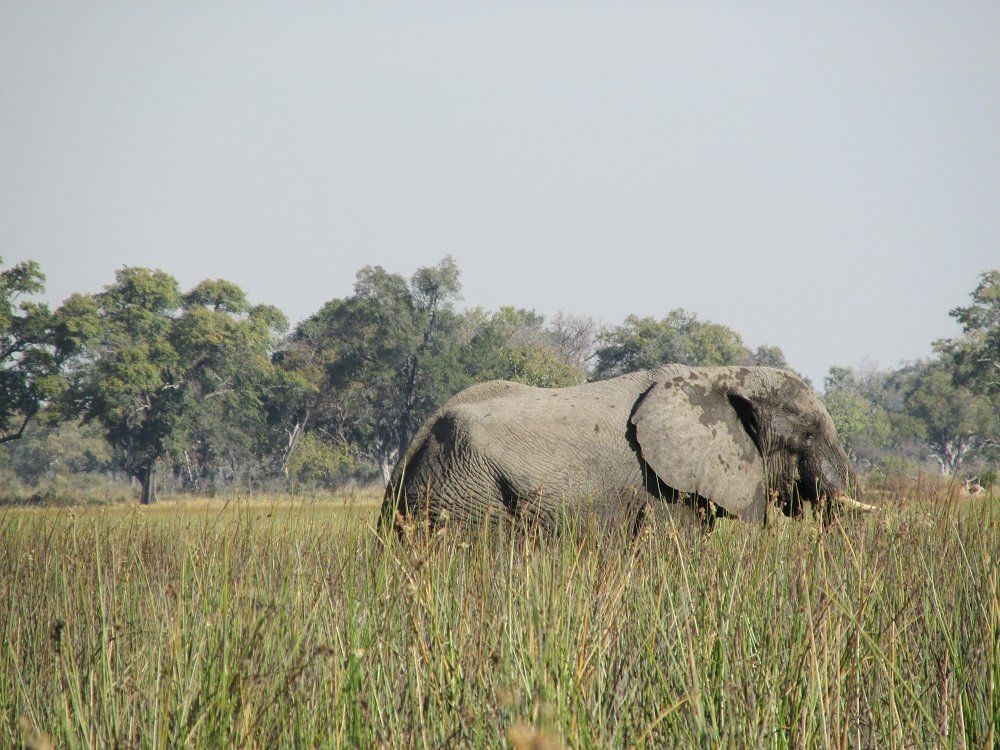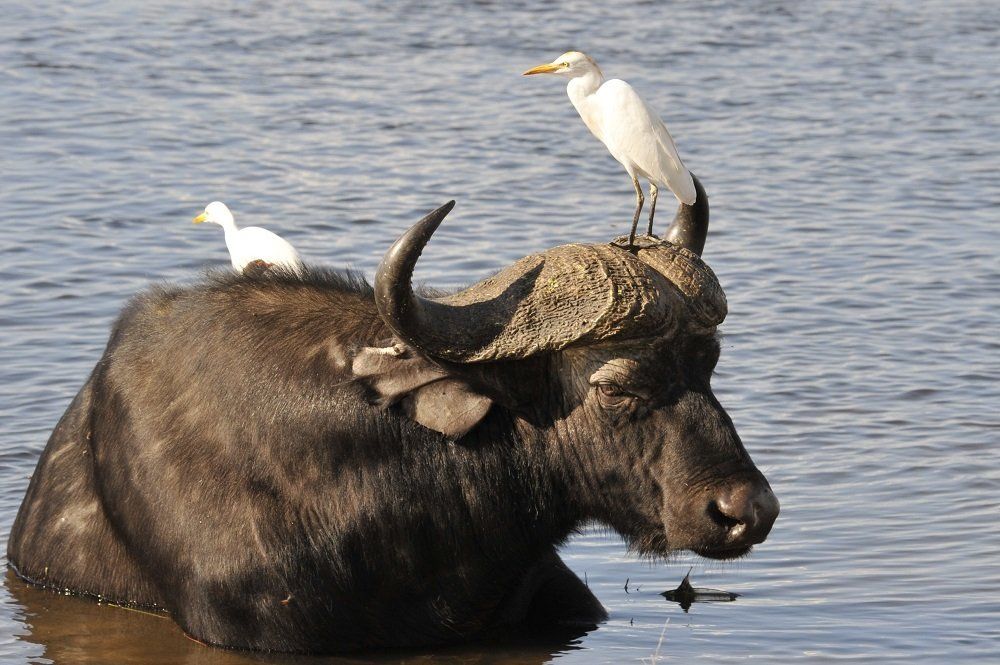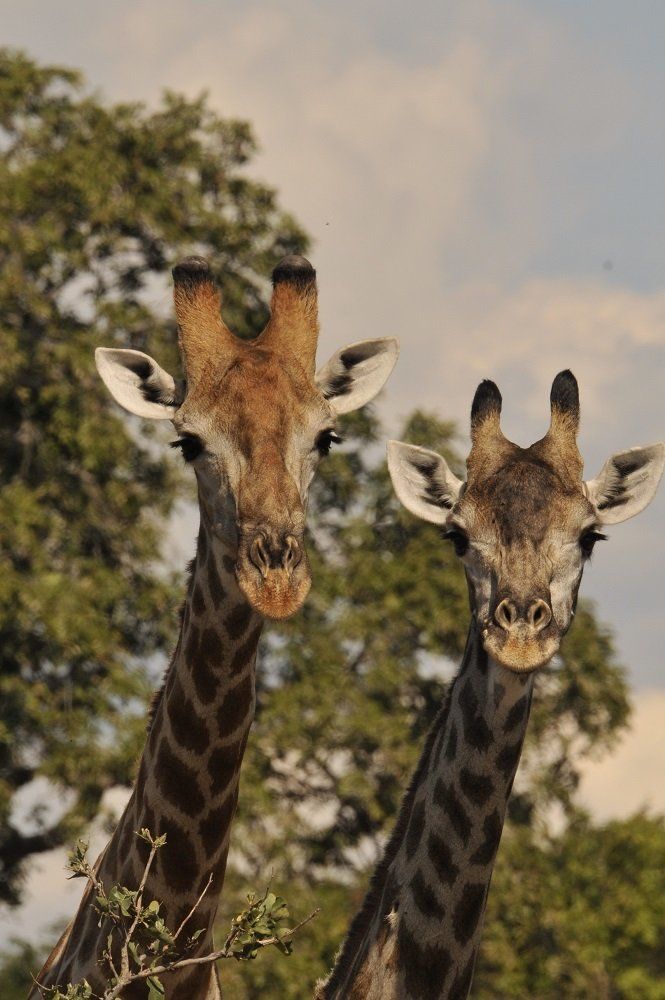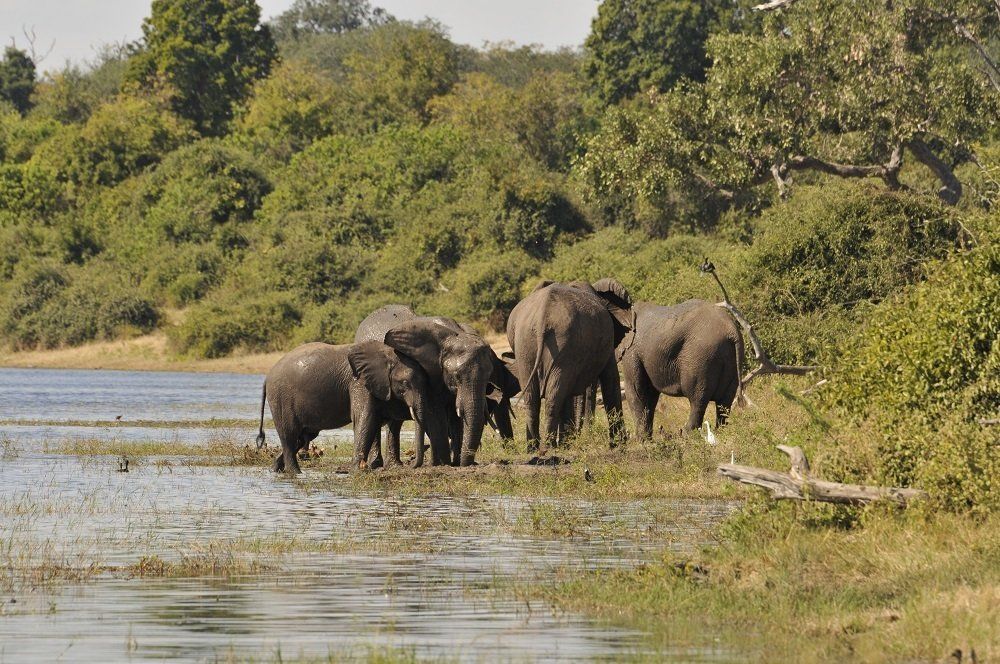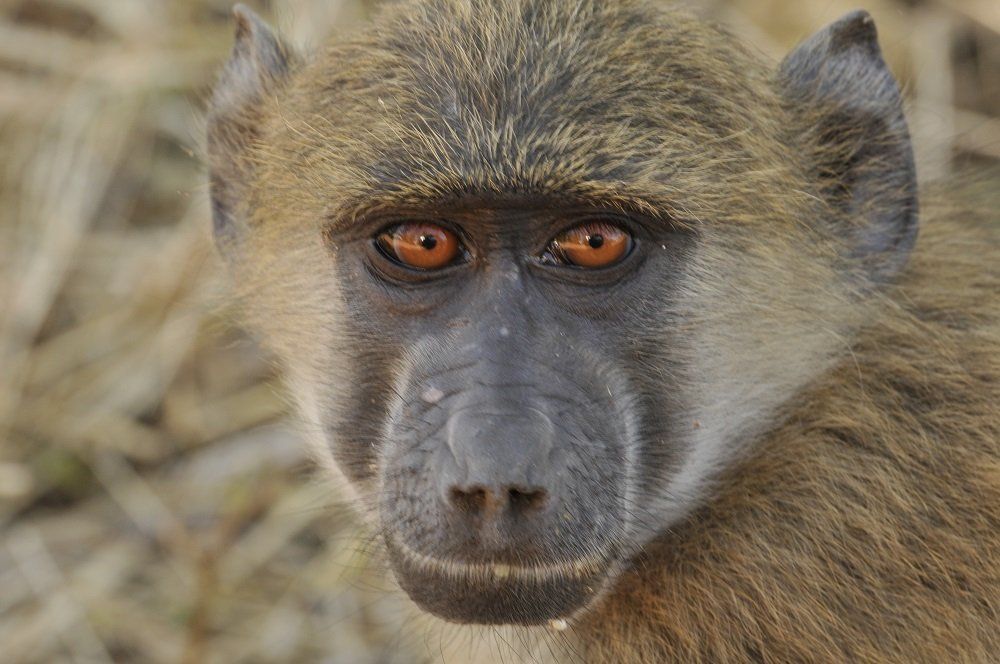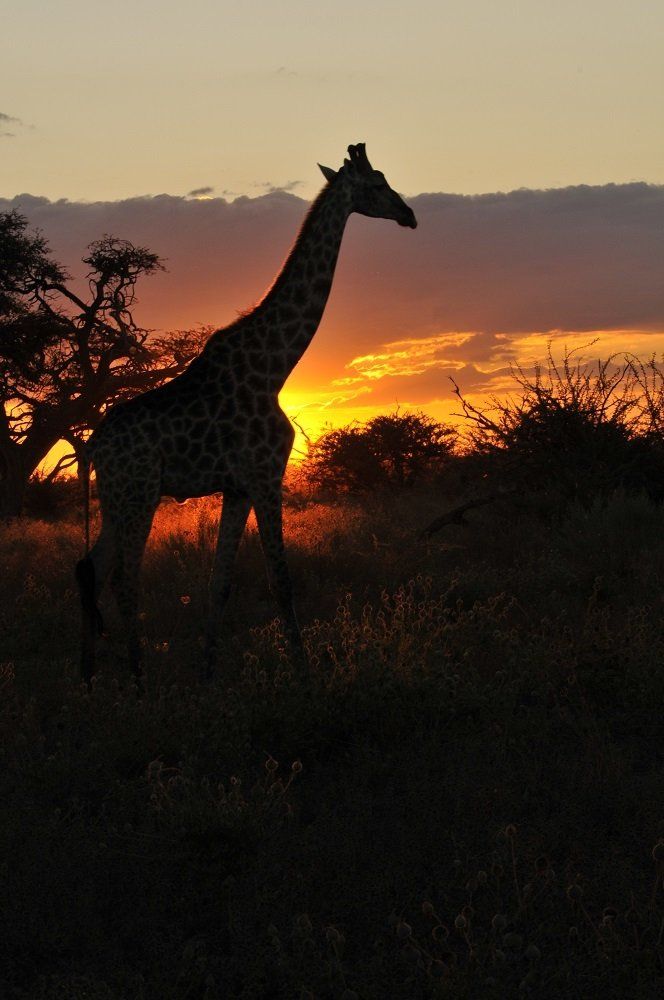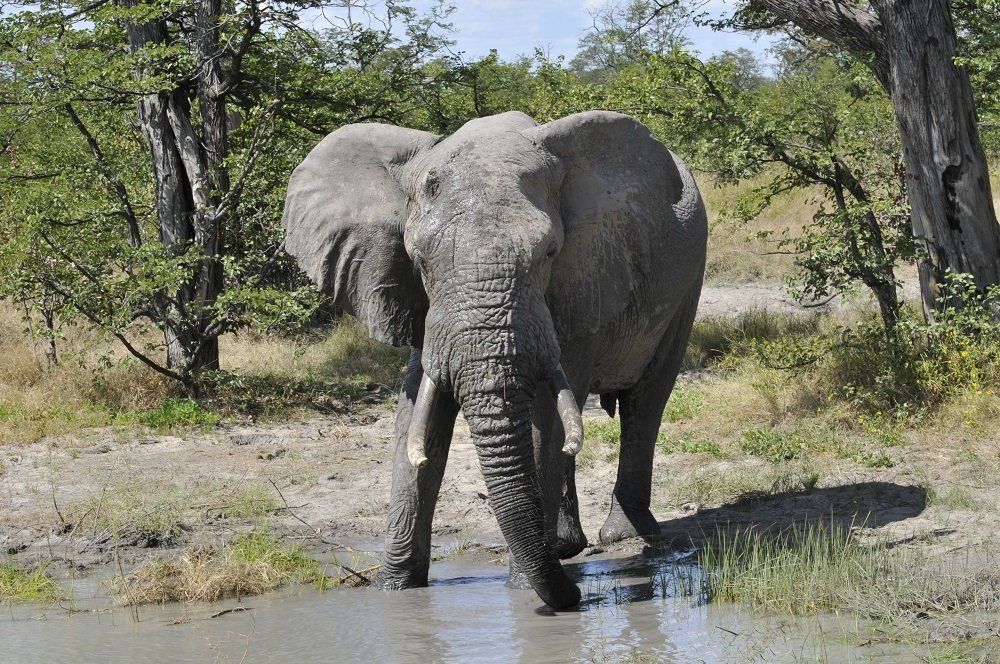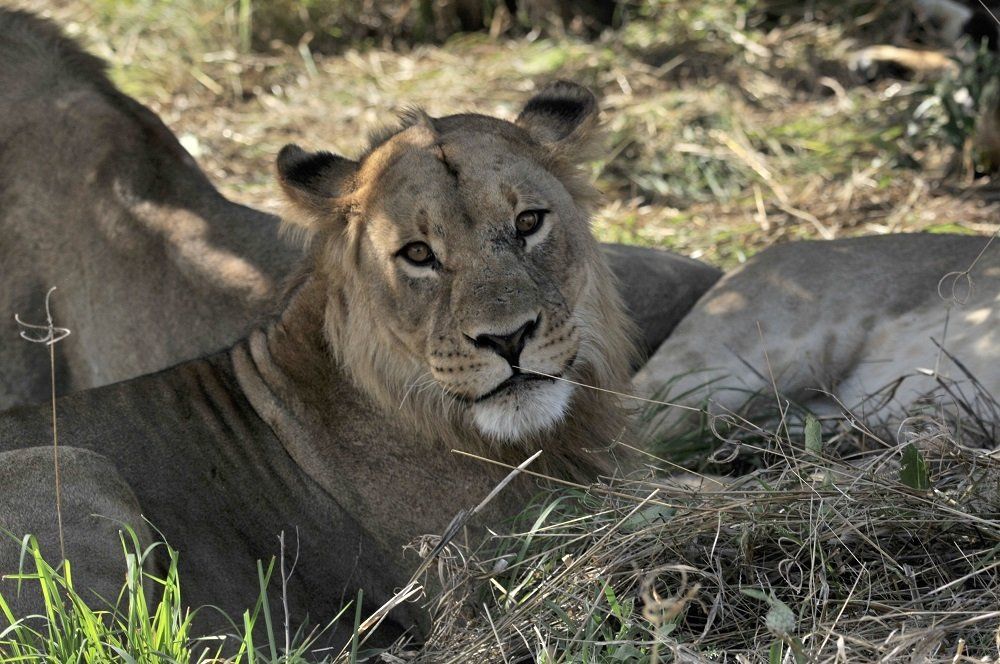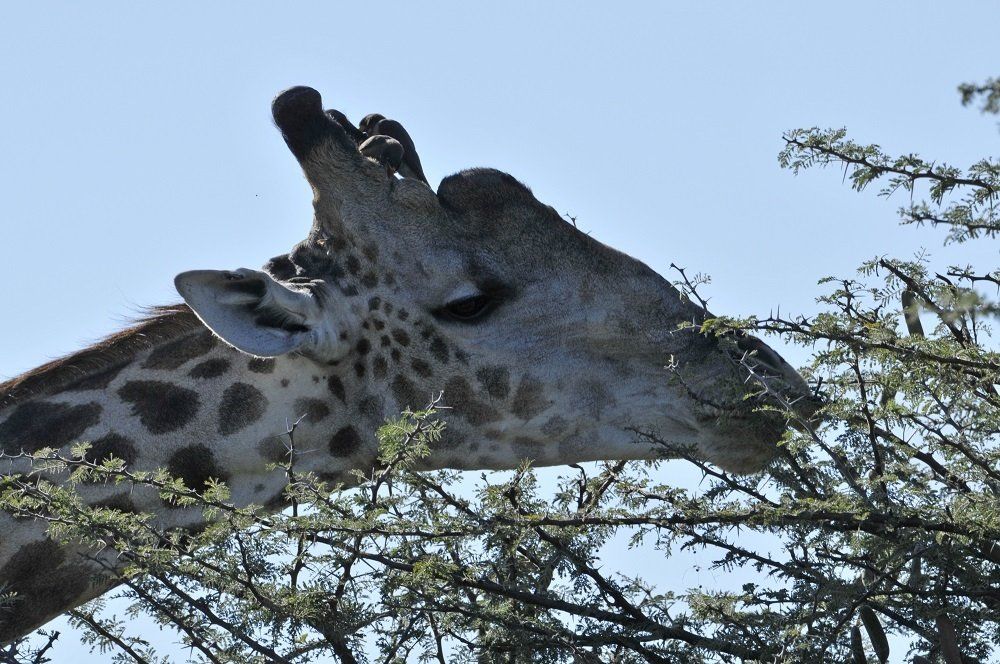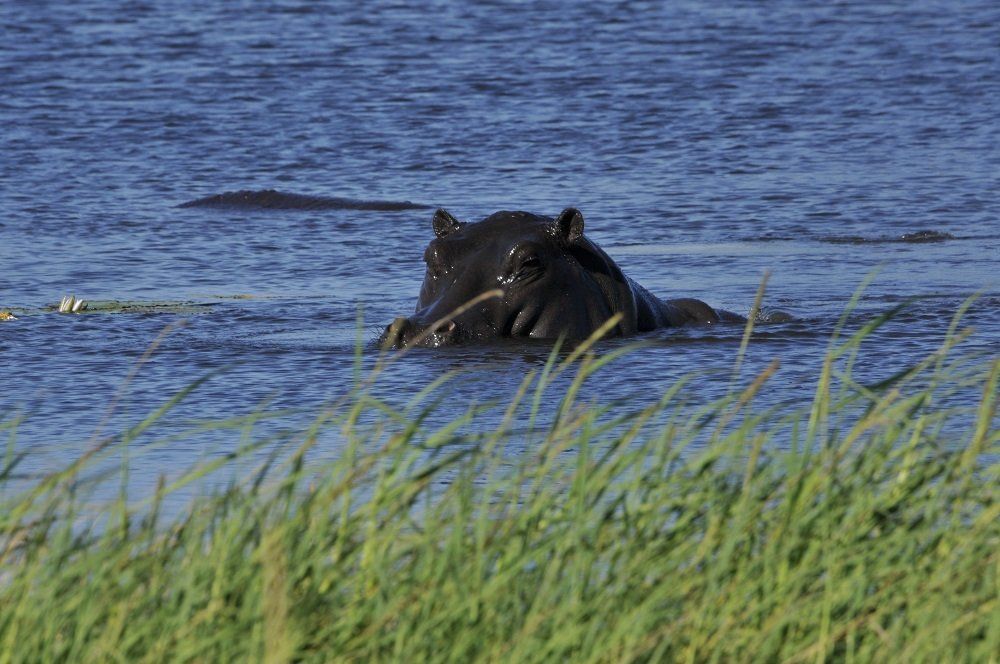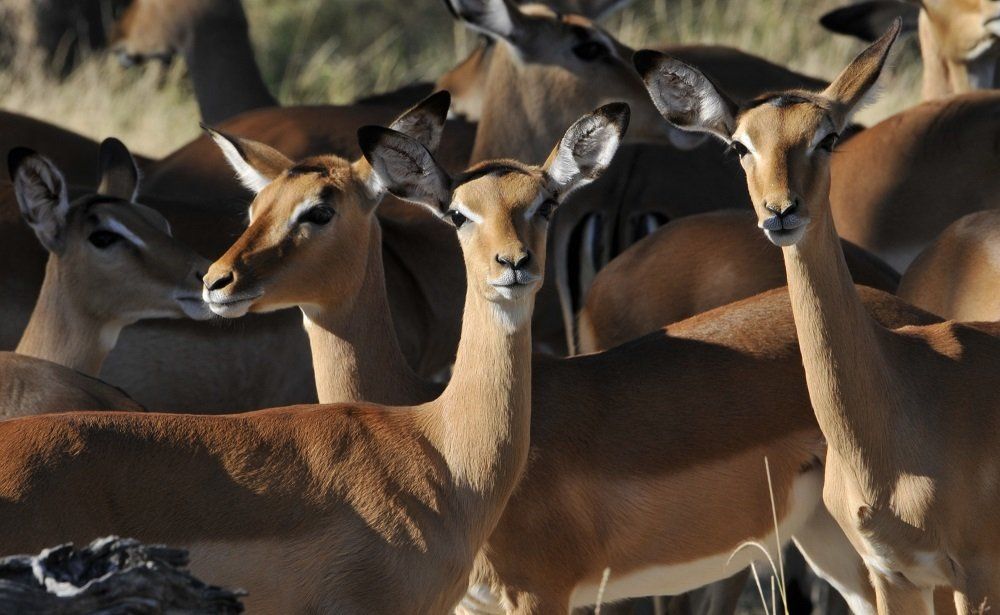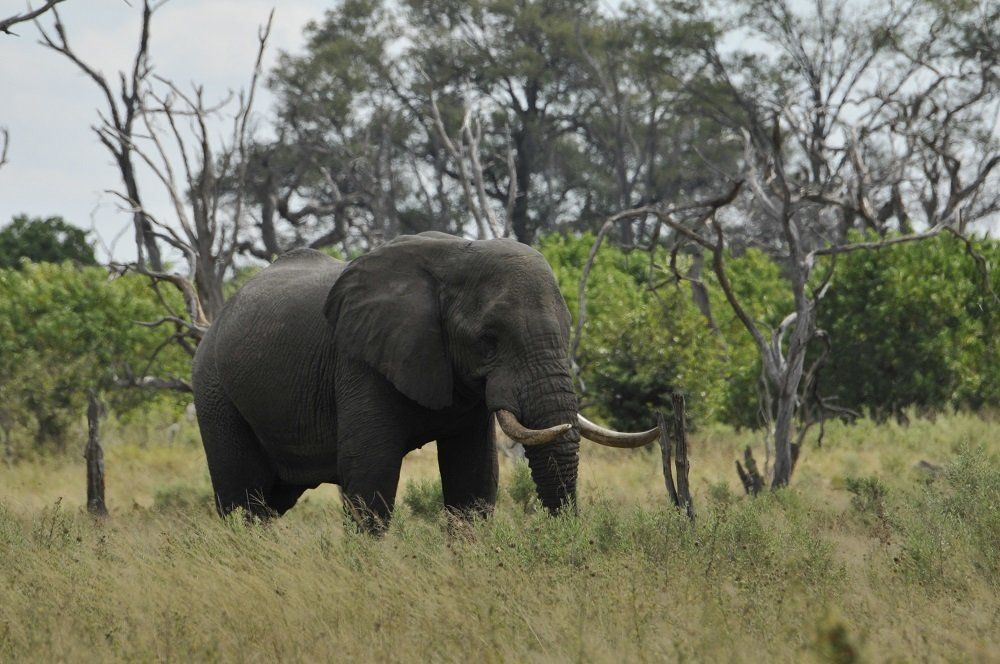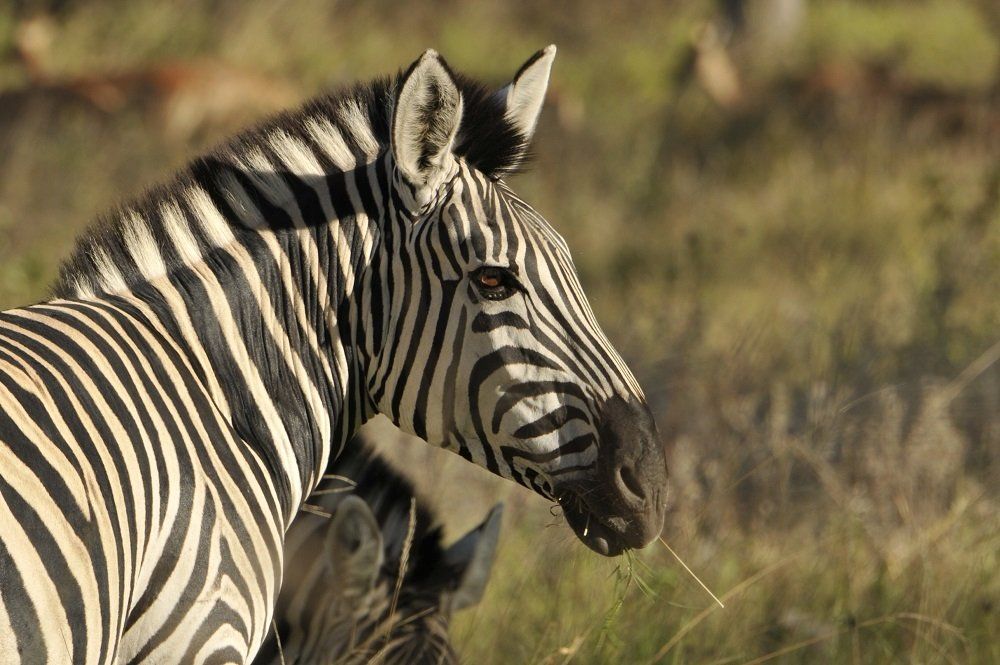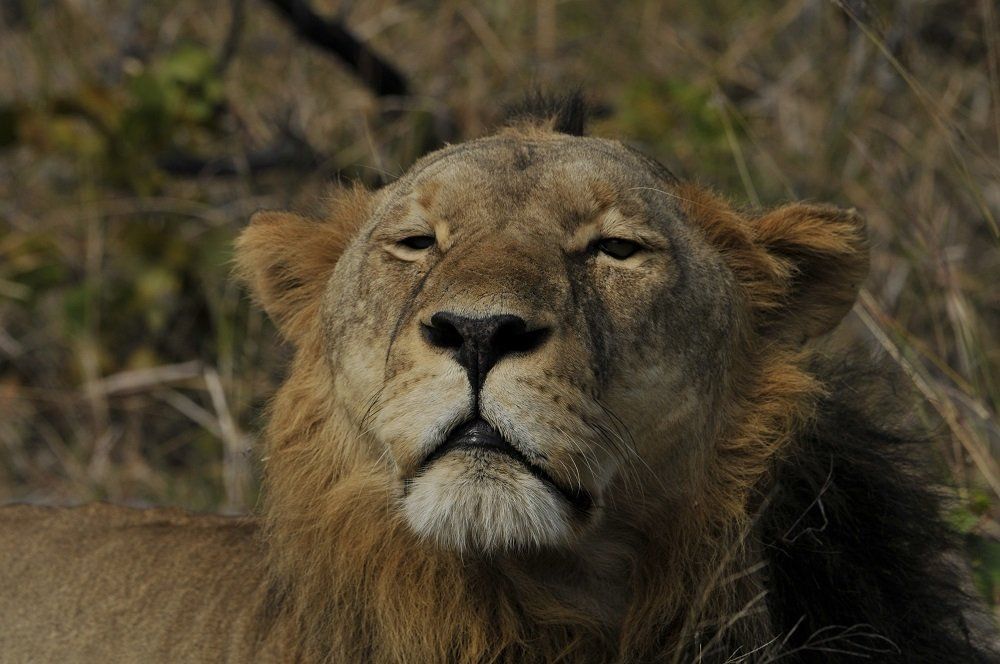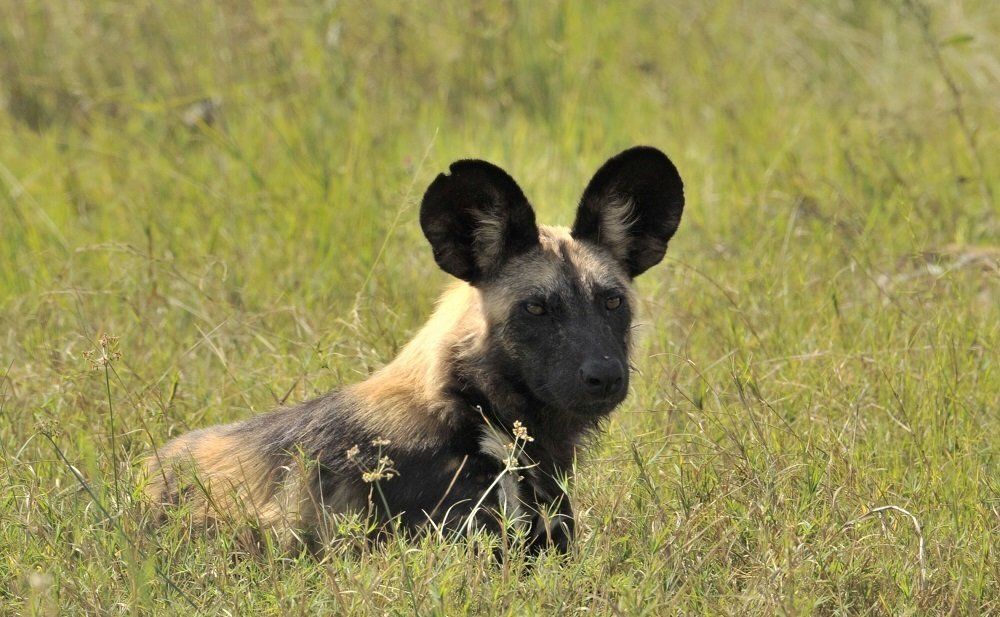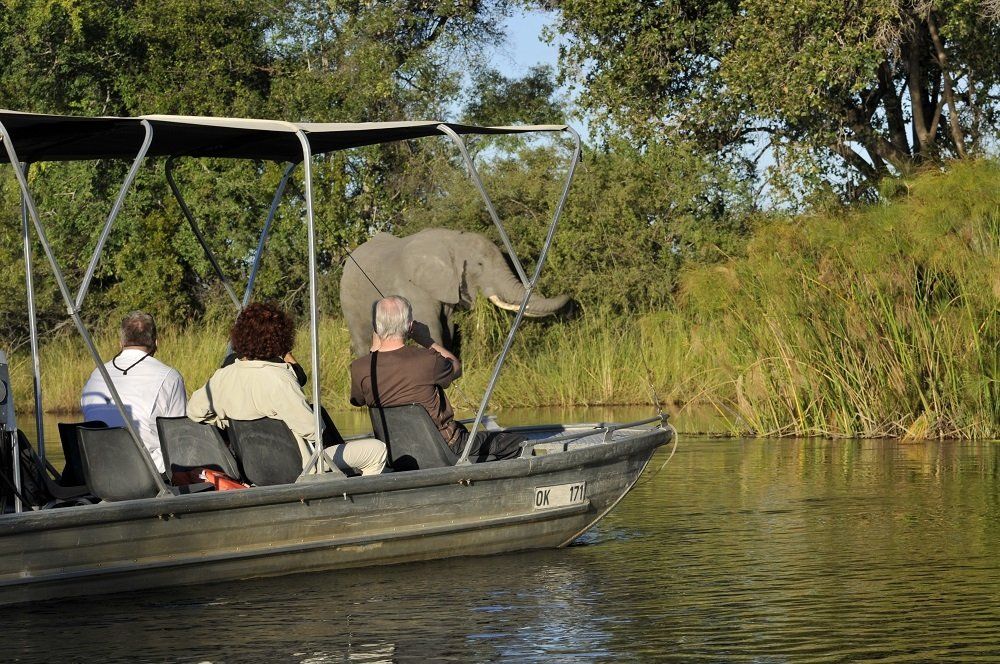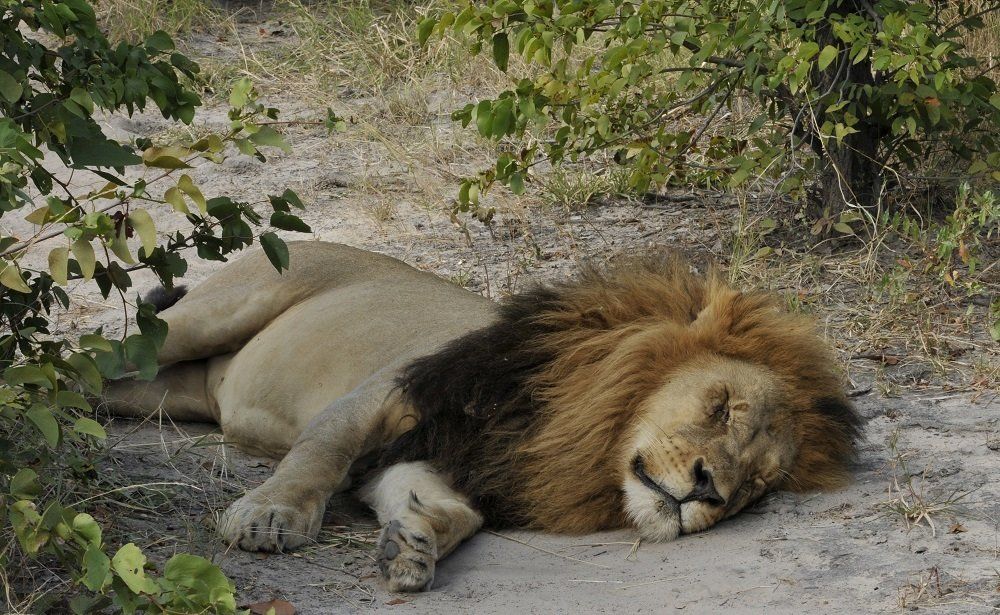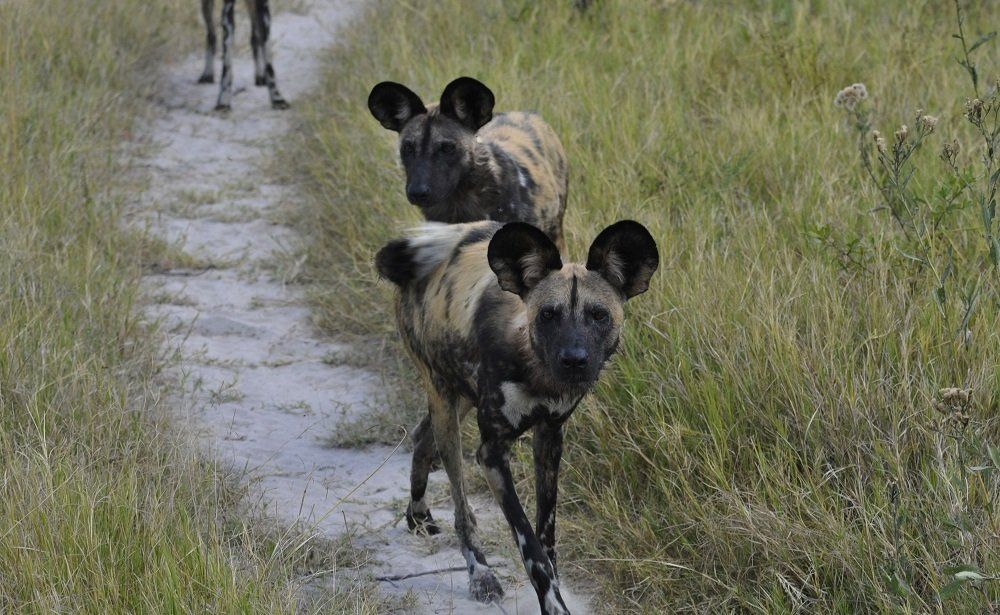PHOTOGRAPHY SAFARIS
PHOTOGRAPHY BOTSWANA
Experience the stunning beauty, the unimaginable vastness, the isolation and prolific wildlife of the best kept African secret - Botswana.
Whether your thing is safaris, mokoro rides, elephant riding, quad biking, fishing, 4X4 off road adventures you are sure to make the best of your stay in Botswana.
A magical setting where land blurs with water. See the famed Chobe National Park and Moremi Game Reserve, and just a short hop away, the mighty Victoria Falls.
THE OKAVANGO DELTA
The Okavango Delta is one of the world's largest inland water systems, the only inland delta of its kind and a unique oasis of wildlfe in the centre of the Kalahari Desert.
It spans over 1,600 square kilometres and supports a staggering variety of animal, plant, fish and bird life.
The Okavango Delta owes its existence to rainfall in the Angolan Highlands. The rainy season begins in November, and floodwater begins its 250 km journey down stream.
Because of the gentle slopes of the Delta basin the floods take around six months to make their way from Angola, hence the Delta reaches its peak size in the dry, winter months.
The Delta consists of a multitude of main channels, small tributaries, and lagoons as well as floodplains, islands and mainland areas.
There are two fairly distinct areas of the delta - the permanent and the seasonal swamp.
The vegetation of the permanent swamp includes groves of wild date palms, swathes of papyrus, islands fringed with forest and lagoons covered with floating water lilies.
The seasonal swamp consists of open floodplains which support tall and elegant real fan palms, sausage trees, fig trees and a variety of scrub vegetation.
HIGHLIGHTS

